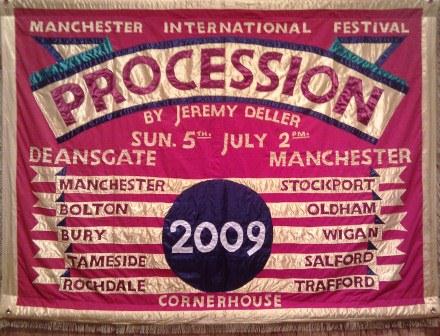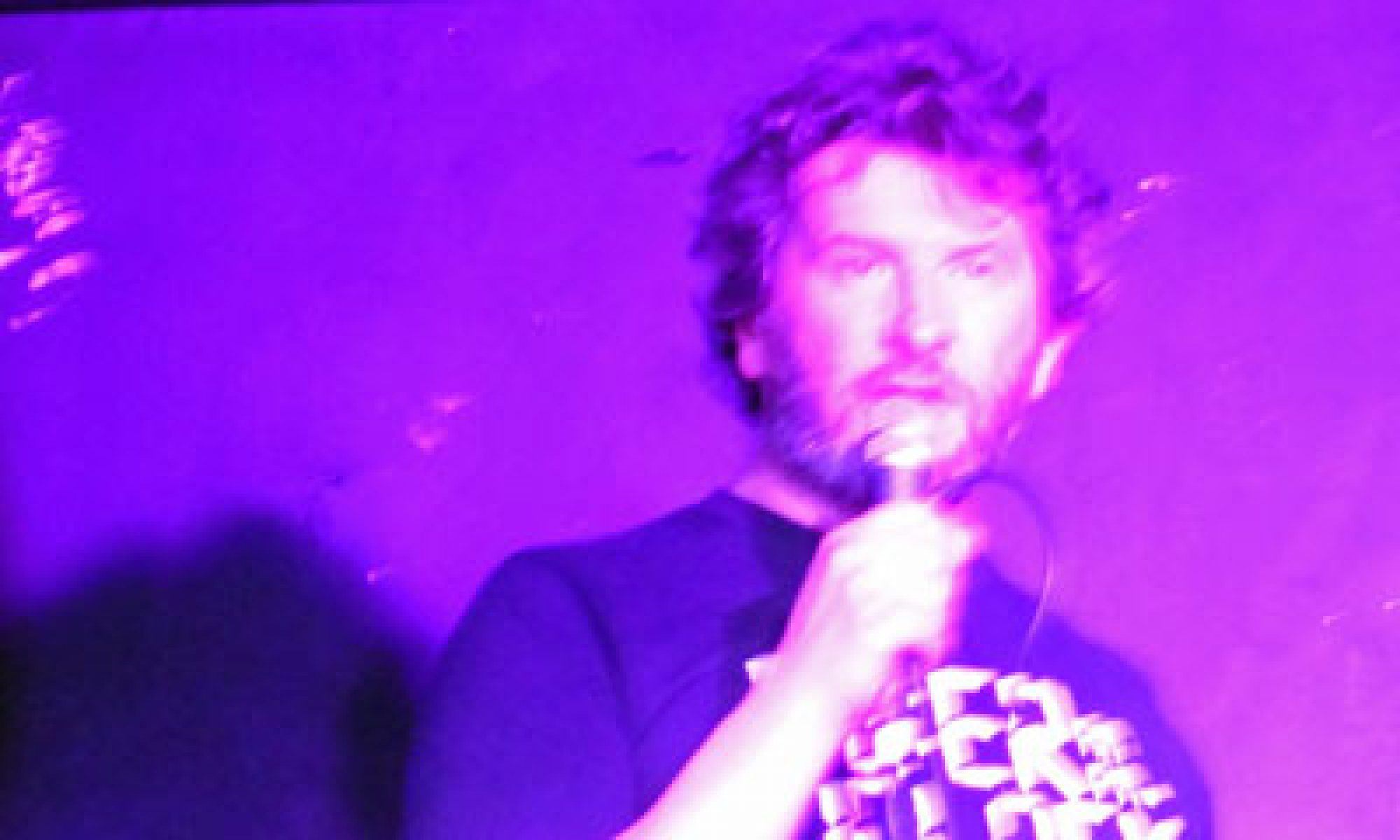When I started writing the novel there were certain themes that I thought IÂ was fairly knowledgeable about: pubs, for example — I knew a lot about those. And food. And London geography and the pleasures of the Chilterns. And Germany and Germans. AND the tortures of corporate life as a ‘senior manager in a FTSE-100 company’, as my CV likes to mention (though not the torture part).
(With so many themes, it’s no surprise the novel is on the long side.)
However, I realised the more that I wrote about Kim, the contemporary, urban artist, the more I was relying on supposition and less on experience. I realised that it might be a valid reason for rejection of my novel if I got my depiction of life as an edgy artist horribly wrong (allowing of course for artistic licence — no pun intended — and exaggeration for comedic purposes).
So I started taking I more active interest in things art-related, as previous blog posts have illustrated…at the end of last week I managed to develop that interest to the point where I was standing outside a pub in Shoreditch drinking with a few of the most fêted young artists working in this country (although this story will be concluded in the next blog post).
To go back a little, I’d started to go to events like, earlier this year, the London Art Fair at the Business Design Centre in Islington. I wanted to see how art is sold at the sharp, commercial end – and I went on a tour of some of the stands set up by the younger, lesser-known artists in the artprojects area.
It was at the London Art Fair that I signed up as a member of the Art Fund, which is a brilliant scheme for anyone interested in art. It’s philanthropic – your membership fee is used to procure art for the public benefit and the Art Fund awards an annual prize for artists – and you get a magazine. But the main attraction is very good discounts off entrance prices to the best art galleries in the country — in the case of those that are free, like the Tates and National, the discount applies to special exhibitions that have an extra charge.

I’ve made reasonably good use of my membership, although I was sadly too slow off the mark to book for the Hockney and Leonardo exhibitions at the Royal Academy and National Gallery respectively. I made sure, therefore, that I got in early to see the Tate’s Damien Hirst retrospective. So now I’ve seen for myself the sharks (see sneaked photo), sheep, rotting cows head, pills, sliced cows, bling and so on.
I’m not sure what I think about Damien Hirst. I found the exhibition quite entertaining — but that’s possibly because it contained so many works that have become modern icons. There was certainly a progression that reflected his ability to now create art from obscenely expensive materials — the later gold pill cabinets and the diamond encrusted skull ‘For the Love of God’ (which is on display for free in a separate display in the turbine hall).

Perhaps it’s the British animal lover in me but I feel somewhat uneasy about creating from of the dead bodies of previously living creatures — be it butterflies, sharks or cows — even the flies zapped in real-time after feasting on the decomposing cow’s head or the picture made entirely from black dead flies.
But I guess that’s how the artist might say he wants the viewer to feel — to think about how art can be created from death — especially in the case of the butterfly pictures (see photo) — which, to me, were the most impressive part of the show.
Given Hirst’s controversial reputation and persona perhaps the most illuminating thing that I took away from the exhibition was physical — Gregor Muir’s book Lucky Kunst.

(For those unfamiliar with German, Kunst is the German word for art. I’m not sure what the technical reason is for using Kunst in the title of a book subtitled ‘The Rise and Fall of Young British Art’ beyond the punning homophonic aspect that might seem appropriate for Hirst’s inversion of the artist-in-a-starving-garret stereotype.)
The book has been very useful research for the novel in describing the origins of the artistic colonisation of Shoreditch in the mid 90s — where you were more likely to see a rat in the street than a Pizza Express or Crowne Plaza or pop-up container-shop mall as you might these days — a place where it was apparently easier to buy drugs than a pint of milk (that probably changed when the Tesco Metro opened).
The Art Fund pass got me reduced entry into the Picasso and Modern British Art exhibition at Tate Britain, where, because I’d done little research in advance, I was surprised to come face-to-Cubist-face with what was at the time (it was superseded earlier this month by a version of Munch’s The Scream) the most expensive painting ever sold at auction: Picasso’s Nude, Green Leaves and Bust — with its suggestions of black bondage straps — which sold for over $100m.
It’s interesting that a Picasso should have sold for so much because it seems to flout one of the basic principles of economics — scarcity value. Even that single Tate exhibition was crammed full of his works — much more so than I realised from the title — I’d wondered if there would be any Picasso’s in there at all or just works inspired by him. From reading the documentary material provided in the exhibition, it’s obvious that Picasso was an extraordinarily very prolific — and fast-working — artist. Compare the near 2,000 paintings that Picasso made with the 15 that it’s thought Leonardo started (some he never completed).
My Time Out subscription has been invaluable for listing the shows worth seeing in London and I had to rush to catch the last couple of days of their highly recommended Jeremy Deller and David Shrigley joint exhibition.
Neither are what the layman would describe as conventional artists. (A layman might argue that Leonardo’s Anatomical drawings from 500 years ago, which I saw at the Queen’s Gallery yesterday, show more technical accomplishment.)
I didn’t really ‘get’  Shrigley’s Brain Activity — which seemed to work at the level of Baldrick humour from Blackadder or Terry Jones’s historical inquests — trying to generate searching questions from positions of faux naivety. Interesting and diverting — but, as a reviewer said, ‘so what’?
By contrast some of Jeremy Deller’s work in ‘Joy in People’ captivated me in a way I can’t fully rationalise. Deller is a specialist in performance art — creating events and ‘happenings’ rather than enduring artefacts (like paintings or photographs).
Some of his work I found too pointed and obvious — such as the wreck of an Iraqi car bomb that he towed across the United States. But I found some of his other work connected with me profoundly.
While Deller is a Londoner (a recreation of his teenage suburban bedroom opened the exhibition) he has an attachment to the north, particularly my home city of Manchester — and the ‘otherness’ that Manchester and the north represent. This includes Deller’s homage to ‘Madchester’ and the 90s acid-house culture, such as the Fairey brass band

playing the KLF (Fairey engineering was a well-known employer in the north-west, I remember my uncle’s first job being at Faireys). Â Sadly most of the visitors to the exhibition probably had no clue where the towns on the Procession banner (see photo) were located, nor really cared. It’s probably the first time in years, if ever, that Manchester’s unglamorous satellite boroughs, such as Rochdale, Oldham, Tameside, Bury and Stockport have been celebrated in a London gallery.
The biggest exhibit in the gallery was a working recreation of a greasy-spoon café from Bury indoor market — Valerie’s Snack Bar. Many would question whether this was art at all but I think Deller explores a fundamentally British sense of irony in this work: it’s impossible to accuse an artwork of pretentiousness and intellectual sophistry if you can sit down inside it and be served a nice cup of tea. What bathos — and a northern riposte worthy of Wallace and Grommit.

Deller’s The Battle of Orgreave also touched me. He staged a recreation, almost 20 years later, of the infamous conflict in the 1984-5 miners’ strike. The exhibit is a documentary of the event and various artefacts associated with the recreation. As with the snack bar, the unpretentious dignity of the ex-miners and police is disarming and justifies the title of the exhibition of Joy in People. The Battle of Orgreave is also symbolically important from the perspective of the current wreckage of worship and pursuit of global capital that followed Thatcher’s defeat of collectivised labour. I’d argue it was the defining moment when the power of the state was used to literally bludgeon away any impediment to its Faustian pact with stateless global capital heralded by Big Bang in the City the year after the miners were defeated, 1986.
Twenty five years on, with most Western economies running dire deficits largely caused by indebtedness to the countries to which we outsourced our industrial base (principally China), the argument that manufacturing doesn’t matter compared to financial services seems about to be exploded finally in the turmoil that the consequent indebtedness has caused in the Euro zone. (However, the Euro crisis is interesting from my novel’s point-of-view in highlighting the elephant in the Euro that is Germany).
It can be argued that the miners contributed to their own downfall and that some change to the unaccountable unionised self-interest of the 70s was necessary but The Battle of Orgreave demonstrates the amount of spite and violence that was deliberately used to settle political and social class-based scores. I’d argue the polarisation of social and political attitudes that arose out of support of the miners still persists and is at the root of many attitudes today — in the light of what later happened, it’s instructive to remember the sense of celebration in the country when Blair was elected in 1997 — A Joy in People event if ever there was one? Nearly thirty years on, the antipathy of much of the cultural establishment to the current government is rooted in the miners’ strike, especially the hostility directed towards Nick Clegg for propping up the hated Tories.
Deller is right to treat Orgreave like a battle in a civil war because its scars are still evident and, while not art in the traditional sense, when his work succeeds it does so in a way that art should — to provoke recognition and resonances within the viewer so that it creates a lasting impression much greater than the physical work itself.
